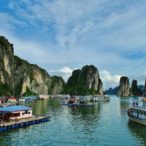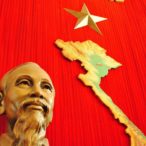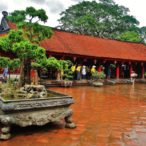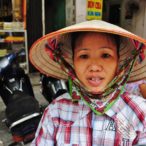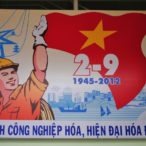Vietnam
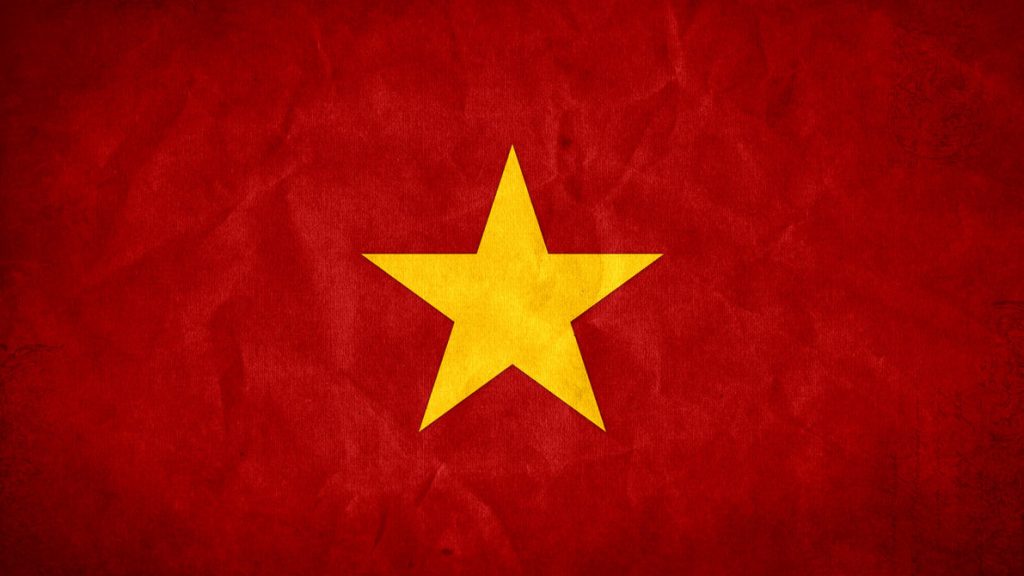
Official name: the Socialist Republic of Vietnam
Population: 95 500 000
Area: 331 210 km²
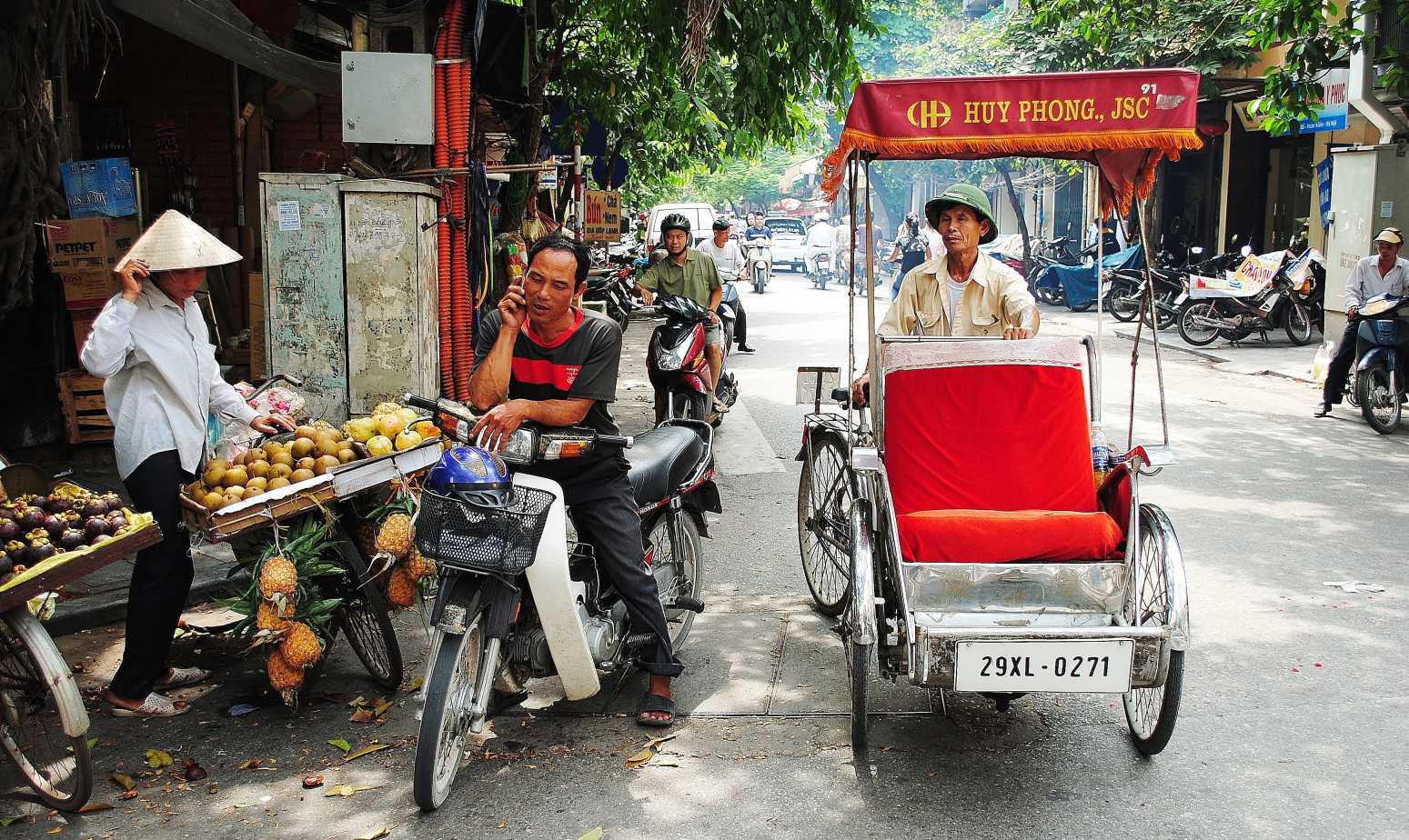
Gallery
Vietnam – tourist attractions, the present times, history of Vietnam.
Tourist attractions of Vietnam
From the tourism point of view Vietnam is just another interesting country worth exploration. In the land shaped as a letter “S” and similar in size to the one of Italy, there are a lot of beautiful landscapes, great art and culture, rich flora and fauna, and over 2000 miles of attractive beaches with white sand and palm trees. In Vietnam you can also find picturesque mountain towns and delicious food. Vietnam is also a good place for shopping, but only souvenirs; also clothes which are much more expensive at home. On the other hand in Vietnam you can also find the never ending exhibitions built in “glory” of communism and Ho Chi Minh, worth exploration cities like Hanoi and Saigon, and the subject of American – Vietnamese war, which always comes back. It is definitely a very interesting and sad history lesson, and many museums and exhibitions regarding this subject are a big part of our Vietnamese adventure. There are a lot of tourist attractions in Vietnam; from foggy mountains cut by twisted rivers, through Buddhist and Thaoist temples to nice beaches. However to the places which must be seen I include: Saigon (Ho Chi Minh City), Mekong Delta, Cao Dai temple, Nha Trang, Mui Ne (red canyon, sand dunes), Hoi An, Marble Mountains, Hanoi and many trips outside of the capital, and definitely the hill town of Sapa. Between those places there are also different, like for example: the Perfume Pagoda in the north, and the biggest attraction of Vietnam – Halong Bay, where according to the legend a dragon enters the sea, although I didn’t see any dragons. Vietnam is also very well organized and so cheap that it`s not worth making lone trips, because in case of this country organized trips are the cheapest. Apart from the above, when you’re by the sea I advice to order a lot of grilled fish, and buy exotic fruit, which would be always a delicious addition to our expedition. Vietnam is also a country of motorbikes, what is also a great tourist attraction. I don`t have a driver`s license but I explored Hanoi and Saigon on a motorbike anyway. Vietnam is a beautiful and interesting country and I recommend a visit.
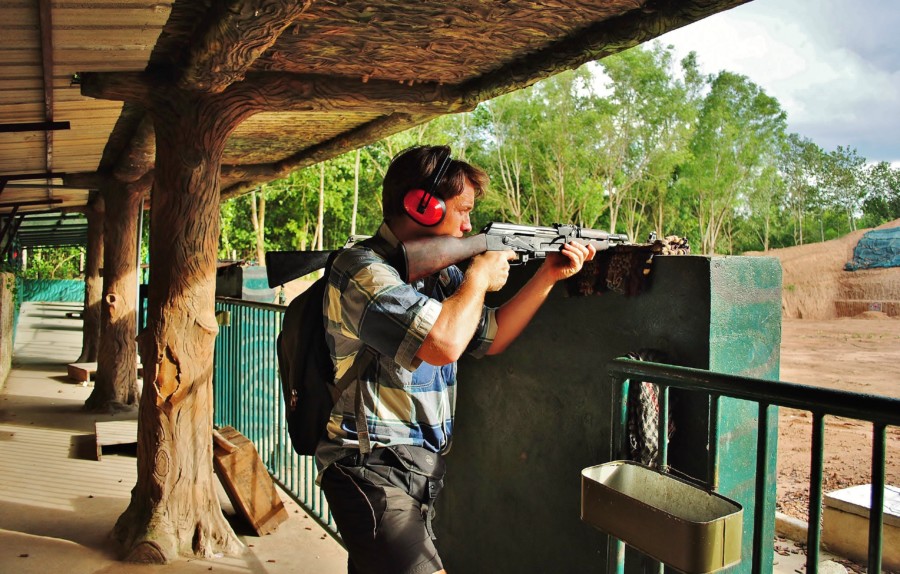
As a curiosity I can say that especially in the south of Vietnam there are a lot of Catholic churches, because our religion is very popular there.
Vietnam – the present times
Economy:
Vietnam is located in the most eastern part of Indochina ( once the French Indochina) and from the times of merging of the north and the south Vietnam in 1976 Hanoi is the capital city. Hanoi is the second largest city and cultural centre of Vietnam, after Saigon (Ho Chi Minh City). After years of colonialism, war against America and long economic embargo introduced by the US and Europe, the Vietnamese economy couldn’t develop for a long time. Luckily in 1986 the communist government of Vietnam started a series of economical changes, which put Vietnam on the road to the worldwide economy. Vietnam is today the fastest growing economy of South East Asia, what doesn’t mean that it is a “Asian Tiger”. It is still a poor country with a small income per capita, which still has a long way to Singapore, Hong Kong or Brunei. In 2000 Vietnam was included in the fastest growing economies of the world, and until today its big and cheap work force and its widely developed industry and export guarantee a fast growing economy. As for today Vietnam is still a developing country, although the Vietnamese government set a goal that up to 2020 it will be on the list of the developed ones. Comparing to the neighbouring Laos or Cambodia, Vietnam is of course a strong country, but comparing to the first league of Europe it definitely stays behind. Not only the economy but also the whole industry is in a transition process.
Vietnam is today the second biggest rice exporter of rice (after Thailand), but they also grow coffee, tobacco, watermelons, black pepper, cashew nuts and tea. Besides the fact that Vietnam has a fast growing industry, Vietnamese people are strongly connected to the sea what has a cultural background. For this reason the big part of industry is dedicated to fishing and shrimp fishing. Economic organizations and world`s biggest banks have predicted, that by 2025 Vietnam will be one of the fastest growing economies of the world, and by 2050 the Gross Domestic Product (GDP) will take over the GDP of Norway and Singapore. It is therefore still a long way to go for Vietnam, although it is a country full of surprises and possibly future problems for Europe. Even during last recession, the economic growth remained very strong. Also tourism and the national carrier Vietnam Airlines are those industries, which also develop in a very fast pace. The only thing which in my point of view stays miles behind is the worthless currency of Vietnam called “dong”, and not only because I`m not impressed by the man depicted on every banknote. Although dong has been devalued many times, it is still a very week and non-convertable currency. Also despite that poverty has fallen rapidly in the last few years, $100 a month is still an average currency, what means that the nearly 88mln population of Vietnam provides a very cheap labour. Another words, in my point of view Vietnam is becoming richer, but people not necessarily, and taking into account my private observations (exactly the same as in China) people of Vietnam don`t work for themselves, but to serve “the almighty communist party”. I personally call this kind of economy “the free market communism” which is based on a much bigger exploitation of the nation than in capitalism, which is also not perfect.
I think that especially China and Vietnam will be the main pretenders to win the never ending race. Besides, the fact that the two countries are ready to forget about their brutal history, and are ready to go to bed together to achieve better success, doesn’t put Europe in a very good situation.
Education:
Education is on a high level, and literacy level of the Vietnamese stands at 90%.
Health:
In rural areas of Vietnam there is still a big malnutrition of children. Life expectancy is 72-76 years, and hygiene and access to fresh water has improved significantly too. Vietnam has also made great improvements in fighting with malaria, although it`s been calculated that 0,5% of the population is infected with HIV and there is about 40-50 new infections every day. As if that was not enough, there are many waterborne diseases in Vietnam, including cholera and even typhoid. As a result of water pollution nearly 5,000 children under 5 die every year. These were the biggest problems, although I would have a lot to say.
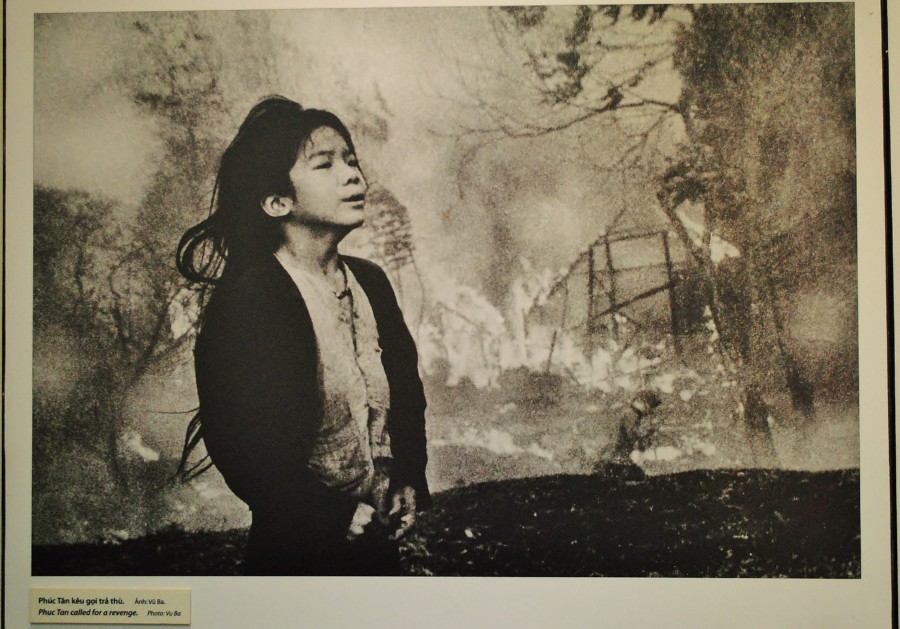
The result of the American democracy.
Culture/Religion:
There are also interesting data about religion. In the neighbouring China religion was promoted as the “opium for the nation” what most probably had its effect in Vietnam too. 81% of Vietnamese people have declared that they do not believe in God, although according to my observations it is clear, that the Vietnamese (the same as Chinese) are looking for a deeper sense of life, and that`s why religion is coming back to Vietnam. It is a clear sign that money and power is not everything, because there are other, beautiful values too. About 6,6% are Buddhist, and about 2,5% are Christian but mainly Catholic. The Vietnamese government denies that there is no freedom of religion in Vietnam but on the other hand it admits that it is very suspicious to the Catholics, because during the French occupation they colaborated with the French. That`s why Catholicism is seen as the religion of the enemies (French, Americans). Also, the Catholic church`s strong attitude against communism, has resulted that the Vatican church is delegalized in Vietnam and the only Catholic church which is allowed is controlled by the Vietnamese government. An interesting and new minority religion of Vietnam is Caodaism, which I take as a mixture of far eastern philosophies with attractive architecture. On the other hand I think that followers of that religion have a serious problem with relaxing, what makes them slightly similar to Muslims.
In my point of view the most interesting racial and cultural minority are Hmong people, who live mainly in Sapa. Their culture and handicrafts are very different from the rest of Vietnam.
Media:
Press in Vietnam is controlled, and freedom of speech is possible only when it works for the communists. In the global press freedom index out of 179 countries and territories Vietnam is on 172 place, what means that press freedom simply jumped out of the window. On the other hand when it comes to “freedom”, media and preaching in churches of the United Kingdom are in exactly the same situation, that`s why I can`t complain about Vietnam. When I watch the European Union and deliberate destruction of the native European cultures by the globalists, I can see a lot of similarities between current Europe – and the Soviet Union, China and Vietnam. Just for a comparison, freedom of press in Britain is ranked number 28, below countries like Suriname or Mali.
Environmental problems:
The major problem in Vietnam is in the ongoing industrialization and ever growing industry, which has led to big air and water pollution, and noise “pollution”, which is especially felt in big cities. In addition, flooding is also a problem, as well as decrease in the number of fish, logging and soil erosion. As a very special issue I also have to say about chemical weapons like Agent Orange, which was dropped by U.S. forces during the war. Agent Orange has a fatal effect on the nature of Vietnam to this day, as well as on people. It has been calculated that 0.5 million children in Vietnam are born with defects to this day, and 1 million have serious health problems due to Agent Orange.
As if that was not enough, there are many waterborne diseases in Vietnam, including cholera and even typhoid. As a result of water pollution nearly 5,000 children under 5 die every year. These were the biggest problems, although I would have more to say.
History of Vietnam
The beginning of Vietnam was 2000 years ago when first settlers started inhabiting North Vietnam. They were growing rice and built irrigation systems, and after short time they found a kingdom of Van Lang. In the II century BC these lands were invaded by China, which ruled the ancient, northern Vietnam for 1000 years. The whole history of Vietnam from the ancient to medieval times is a time of battles and conquering, and Vietnam just had different masters. Many times and in different periods Vietnam was attacked by China which wanted to regain its control. The south Vietnam was ruled by India for sic centuries. Vietnam was also invaded by Mongolia and the Khmer empire, and in 1516 arrived the Portuguese and the Catholic church.
At the end of XIX century Vietnam was occupied by France which was taking control in stages, at the end including Vietnam to French Indochina. France invaded Indochina in 1858, under the pretext of protection of their missionaries, while Vietnam was a French colony in 1887. First, the French captured Saigon and the south of Vietnam, and then by forcing local rulers to accept French sovereignty, they advanced towards the north, controlling the entire country. Then the French Indochina was created, also knows as the French Union, to which the neighboring Cambodia and Laos were also included. Despite the colonial terror introduced by the French, they also contributed to the infrastructure development of Vietnam. Their rule in Indochina lasted until the end of World War II, even though Japan invaded Indochina in 1940. The war was a great opportunity to continue the unleashed chaos and nationalist movement, by the communist leader Ho Chi Minh. Finally he freed Vietnam from Japanese occupation and declared it an independent country in 1945. The French however did not agree to it because they didn’t want to lose former colonies, and fiercely fought until 1954 when they capitulated after losing their last battle. Throughout the time China was very vicious because on one hand they were helping Vietnam, and on the other began negotiations with France. At that time (during the Geneva Conference) Vietnam was divided along the 17th parallel into northern and southern part. North was communist and under the rule of Ho Chi Minh, and with two powerful “friends” – the People’s Republic of China and the Soviet Union. The South under was anticommunist and rule of Ngo Dinh Diem, who had strong support from the United States, which were helping South Vietnam economically and militarily. Ironically, the communist and anti-communist parts of Vietnam did not differ much from each other. Both rulers conducted strong repressions of their citizens, such as confiscation of property, exile, executions and tortures of innocent people. With time the South Vietnamese dictatorship collapsed because its leader was assassinated, and the North Vietnamese guerrillas (Viet Cong) took control of almost half of the southern lands. This was the moment when Americans stepped in and sent their troops to Indochina and then under the pretext of an attack by the Vietnamese began a new war. Americans feared that the communists might take Indonesia and even the Indian Subcontinent, and reliable sources say that they wanted to prevent it. It was a strange war because Americans did not conduct great battles over the 10-year-old painful war.
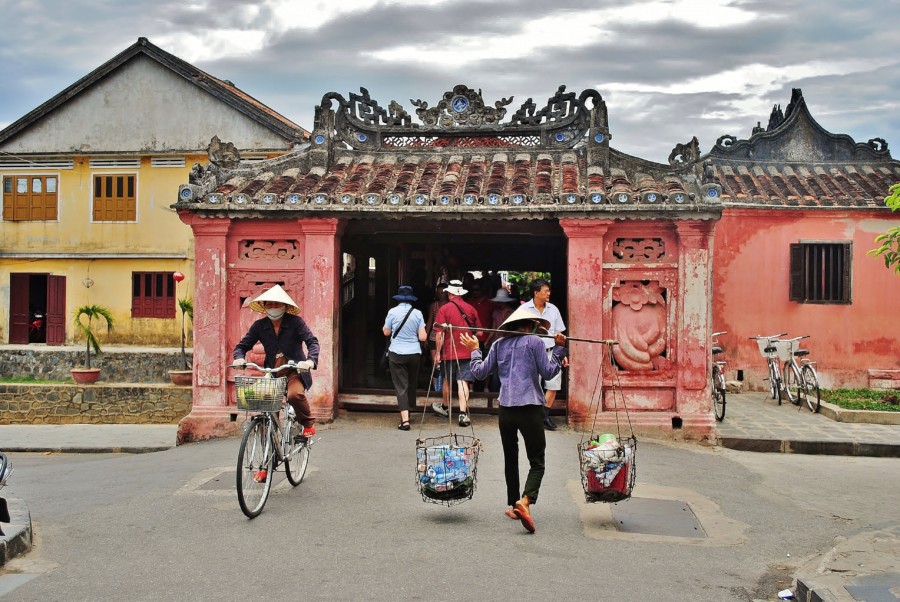
Their goal was to make the enemy tired by continuous bombings, but it turned out that Vietnamese made Americans very tired. It was a conflict involving guerrilla fighters called Viet Cong on one side, and continuous bombardment of rice fields from the other side, mainly in the north. I will also add, that when Americans landed in southern part of Vietnam to make it their stronghold, the Chinese rushed to help northern Vietnam. When the war was finished the communists took Saigon and then Vietnam was connected in 1976, but happiness didn’t take long. At the end of 1970s the Khmer Rouge organized attacked on Vietnam, what caused that Vietnam took Cambodia in 1978 and stayed there until 1989. In effect of this China (a friend of Cambodia) attacked Vietnam to stop the Vietnamese army from marching through Cambodia into Thailand. It is also worth mentioning that the Soviet Union at that time “made a vow of silence” and didn’t help anyone, although partly it was also their fault. Calm was brought only in the 1990s when the US withdrew economic embargo. Vietnam then began opening up to the world and still continues the process of transformation from a centrally controlled to the free market economy, which began in the 1980s to protect the country from bankruptcy. From that moment Vietnam`s economy doesn’t stop growing in strength, although when I was travelling around Vietnam I noticed that America is blamed for everything, and China`s faults are forgotten.
Map
Location
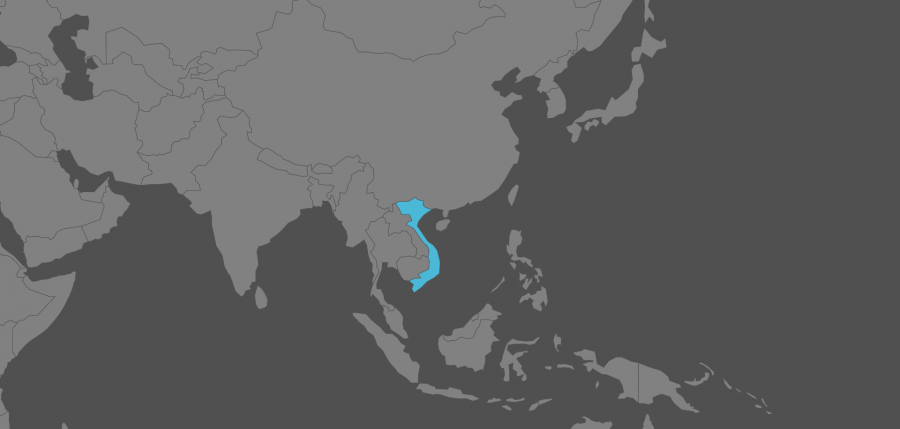
Practical information
Tourist Visa: I’ve been twice to Vietnam and the first time I arranged my visa in London and it was a big mistake, because I paid £44. It should be cheaper in Bangkok. There is a variety of visas to Vietnam up to 1 year. As a rule, they are 14, 30 or 90 day visas, and as long as you have $$$ you are welcome. The best and the cheapest place to get a Vietnamese visa is Cambodia – $42 for a one month tourist visa, and takes only 10 minutes.
Safety: The country is generally very safe. There is petty theft, as everywhere but just be alert.
Moving around the country: transport is very well organized, both buses and trains. Although train rides along the coast are very popular I recommend buses. In cities, each motorbike is a potential taxi and there are millions of them.
Prices: (for 2012 when £1 = just over 30000VND), for a room in Saigon and Hanoi I paid $8-$10 but I had to bargain a little bit. In little villages it is always cheaper. A good meal is a matter of $1-$3. I recommend organized tours to certain places because they are so cheap that it`s not worth to go alone. For example, from Hue to Hanoi by a night sleeper bus I paid only $15. Vietnam is still very cheap.
Climate: tropical monsoon in the north and equatorial monsoon in the south. The monthly average summer temperature is around 30oC and in winter it`s about 16°C in the north, and 25°C in the south. The highest rainfall is from May to September.



